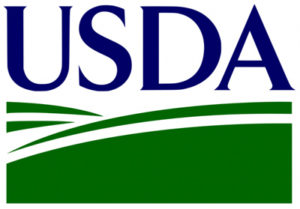
Mar 19, 2024USDA researchers develop antiviral treatment to protect honeybees
Scientists at the United States Department of Agriculture (USDA)’s Agricultural Research Service (ARS) developed an edible antiviral treatment that can be used to protect honeybees against Deformed Wing Virus (DWV) and other viruses, according to a recent study published in Sustainable Agriculture.
Honeybees are important agricultural pollinators. However, viruses, including DWV, are linked to the deaths of millions of colonies worldwide. DWV, like other viruses, is most often spread by Varroa mites who carry the disease inside them and infect bee colonies.

While there are medicines for other bee diseases and parasites, there is currently no treatment available to help beekeepers reduce viruses in their colonies. Nearly all colonies have DWV and can often be infected with multiple viruses at any given time. Effective antiviral treatments could help to improve colony health and survival as well as crop pollination efficiency.

“We found that engineered algae diets suppressed DWV infection and improved survival in honey bees,” said Vincent Ricigliano, research scientist at the ARS Honey Bee Laboratory in Baton Rouge, Louisiana. “When mixed into bee food, the engineered algae boost the bee’s immune system to fight off the targeted virus.”
According to Ricigliano, blue-green algae is the “bee’s knees” of bee food additives. Ricigliano and other ARS researchers previously studied blue-green microscopic algae, also known as microalgae, as a potential food source for honey bees. The algae showed promise since it has a nutritional profile that resembles pollen and is scalable to the level of commercial beekeeping.
“In addition to the nutritional benefits and immune-boosting effects, engineered algae strains have the potential to protect bees against a wide variety of pathogens,” said Ricigliano.

Blue-green algae grow via photosynthesis and can remove carbon dioxide from the atmosphere, making it an ecologically friendly approach to improve the health of honey bees.
“This technology represents a potential new class of treatments for honeybees that is highly sustainable and scalable,” said Ricigliano. “It can be added directly to supplemental feed without additional processing and easily integrated into beekeepers’ existing management practices. However, there are regulatory considerations that must be addressed before these applications can be fully realized.”
The researchers filed a patent application for the technology and plan to use variations of it to target additional bee viruses and other pathogens in future studies.








